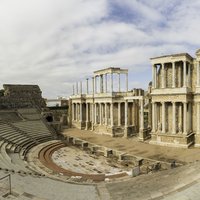
View articles in the series →
Watch the full breakdown of these ancient cities
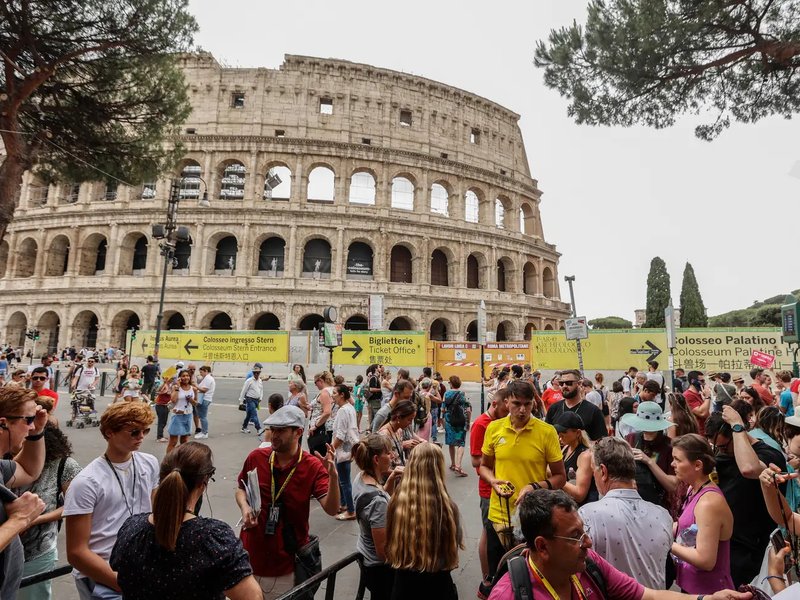
5. Arles, France – Roman Ruins with a Side of Van Gogh
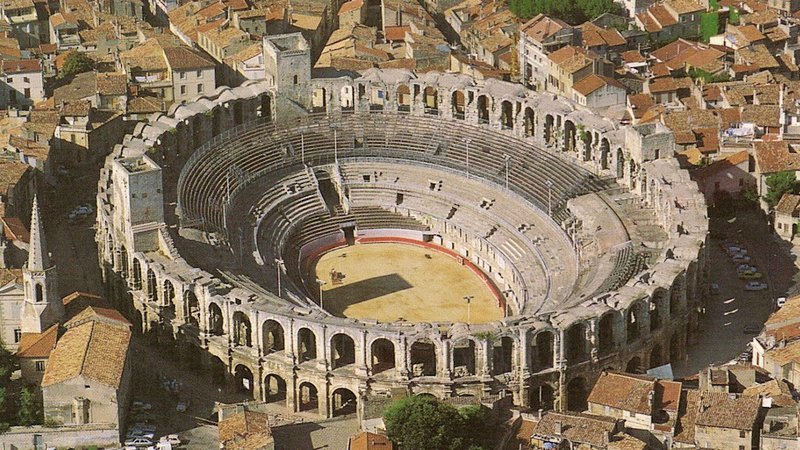
Tucked into the heart of Provence, the French town of Arles offers the perfect combination of Roman heritage, artistic legacy, and Southern French charm. The city’s ancient Roman arena still hosts events, and ruins of forums and baths sit side-by-side with 19th-century cafés once frequented by Vincent van Gogh, who painted many of his masterpieces here.
Despite its deep cultural richness, Arles remains relatively under the radar. Hotels in the historic center start at €80/night, and you can enjoy a three-course Provençal meal for just €25. There are no gondola bottlenecks, no tourist-trap menus—just a relaxed pace and authentic atmosphere.
Visit between April and June for blooming lavender fields nearby, pleasant temperatures, and minimal crowds. Arles is a perfect base for exploring Roman France—and living like a local while doing it.
4. Mérida, Spain – The Best-Preserved Roman City in Europe
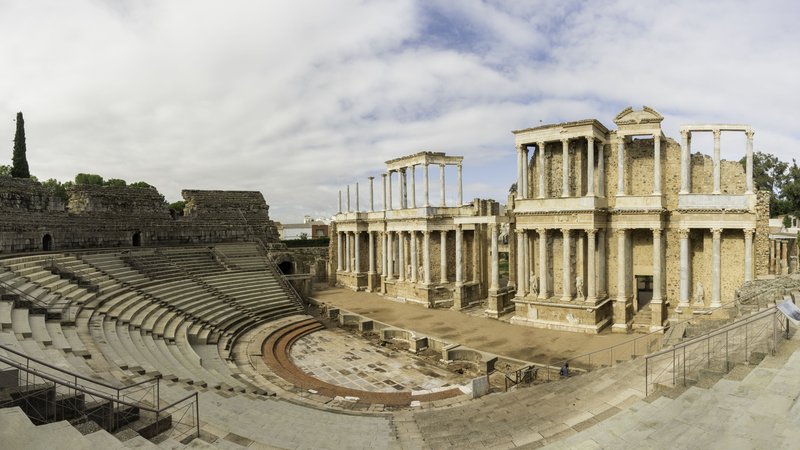
While Italy gets the spotlight, the best-preserved Roman ruins in Europe might actually be in Mérida, Spain. A former Roman colony, Mérida boasts a spectacular Roman theater, a massive still-functional Roman bridge, aqueducts, temples, baths, and even a gladiator arena—all within walking distance of each other.
And because it’s not a mainstream tourist stop, the prices are shockingly low. Stay in local hotels for just €60/night, eat delicious Spanish tapas for €3 apiece, and stroll through ruins without the pressure of crowds.
September to November is the perfect time to visit, with mild weather and lively local festivals celebrating the city’s ancient roots. For history lovers who want Rome’s architecture without Rome’s prices, Mérida is an unforgettable surprise.
3. Athens, Greece – The City That Inspired Rome

Let’s be honest: Rome borrowed heavily from Athens. From architecture to government to mythology, much of what you see in Rome started in Greece. And in 2025, Athens delivers a more authentic, accessible, and affordable ancient world experience than its Roman counterpart.
The Acropolis towers over the city, home to the Parthenon and surrounded by historic sites like the Temple of Hephaestus and the Roman Agora. Unlike the Colosseum, these monuments are spread across walkable neighborhoods, often without barriers or ticket lines.
Hotels in Plaka or Monastiraki start at €75/night, and you can enjoy fresh souvlaki, spanakopita, or grilled octopus for just €12 at a local taverna. Best of all, visiting from November to March means cooler temperatures, clear skies, and virtually no crowds.
For those looking for an immersive dive into the origins of Western civilization—without the tourist circus—Athens is both powerful and peaceful.
2. Syracuse, Sicily – The Ancient City Rome Copied

Long before Rome rose to power, Syracuse was one of the most important cities in the ancient Mediterranean. Located on the island of Sicily, it blends Greek and Roman history in a way no other city does. Its ancient Greek Theater is still used for performances today—just as it was over 2,500 years ago.
What makes Syracuse especially appealing in 2025 is its balance of history and lifestyle. Stay in a restored stone building on Ortigia Island for around €70/night, explore ruins scattered through the city, and enjoy authentic Sicilian seafood for €20 or less—all without battling crowds.
March to May is an ideal time to visit, when spring brings Easter festivals and warm Mediterranean breezes. From ancient temples to quiet piazzas, Syracuse offers all the beauty of Italy—with far more soul and far fewer tourists.
1. Split, Croatia – A Roman Emperor’s Palace by the Sea

While tourists crowd into Rome’s Colosseum, Split offers something even more immersive: the chance to stay inside the actual palace of a Roman emperor. Diocletian’s Palace, built over 1,700 years ago, forms the literal foundation of Split’s old town. Winding alleys, stone archways, and hidden courtyards all lie within the palace walls—making it a living ruin, not a fenced-off monument.
Boutique hotels within the palace start at just €80/night, and local seafood restaurants serve dishes like black risotto or grilled calamari for around €15. Walk a few minutes from the city center, and you’ll reach Split’s waterfront promenade and crystal-clear Adriatic beaches.
The best time to visit is April to June, when the weather is warm and local festivals bring music, food, and tradition to the streets. For travelers who want authentic Roman history without the selfie-stick crowds, Split is an unbeatable alternative.
Final Thoughts
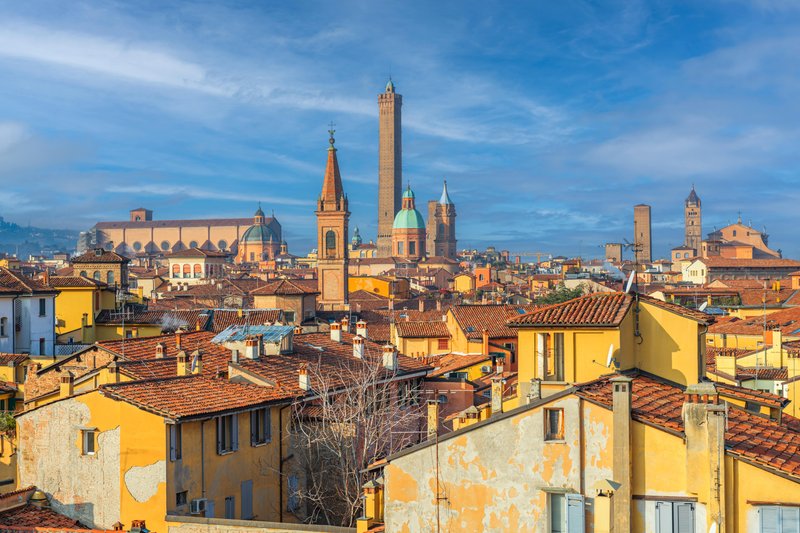
Rome is spectacular—but it's not the only gateway to the ancient world. In 2025, travelers looking for authentic ruins, meaningful history, and a more relaxed experience can find it in cities like Split, Syracuse, Athens, Mérida, and Arles.
These destinations offer the same architectural marvels and cultural richness—but without the sky-high prices or overwhelming crowds. Whether you're exploring a Roman theater in Spain, walking under ancient porticos in Sicily, or staying in a palace on the Adriatic, these cities prove you don’t need to go to Rome to experience the glory of Rome.

